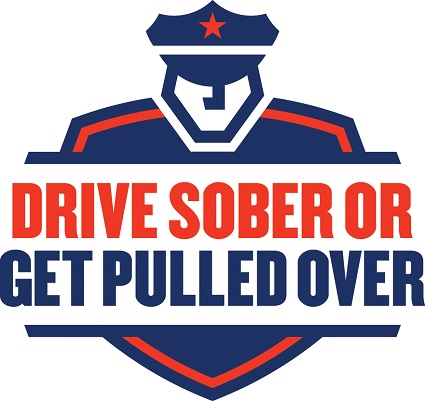Year-round law enforcement efforts
- There are
25 multi-jurisdictional high-visibility OWI task forces operating in the state that focus enforcement on impaired driving.
- More than 6,600 Wisconsin law enforcement officers are trained in Advanced Roadside Impaired Driving Enforcement (ARIDE). This enhances an officer's ability to detect impaired drivers and get them off the road before they cause crashes.
- Wisconsin has nearly 400 highly trained Drug Recognition Experts (DREs), among the most in the nation. The Division of State Patrol works with agencies across the state to train DREs. The goal is to have at least one working in each of the 72 counties across the state.
- The Bureau of Transportation Safety and Technical Services (BOTS) established the Predictive Analytics program, which analyzes crash data to identify hotspots for violations and safety concerns in communities that are part of the program. State Patrol works with local law enforcement agencies to focus their outreach and enforcement in those communities.
Drive Sober or Get Pulled Over enforcement campaigns

Wisconsin law enforcement agencies also join in the nationwide efforts to boost patrols and watch for impaired drivers. The campaigns, which are funded by federal grants, run mid-August through Labor Day and mid-December through New Year’s Day. Additional campaigns are scheduled throughout the year.
The goal is not just to arrest impaired drivers, but to enhance public safety and prevent needless tragedies by discouraging people from making the dangerous and irresponsible decision to get behind the wheel while impaired.
Public awareness campaigns
BOTS develops statewide, regional and local media campaigns to communicate directly with Wisconsin citizens to motivate safe driving decisions. These messaging campaigns are aligned with the
National Highway Traffic Safety Administration's (NHTSA) enforcement and education initiatives.
The
Zero in Wisconsin platform highlights the dangers of risky behaviors like impaired driving and shares important information through television, radio and online advertisements.